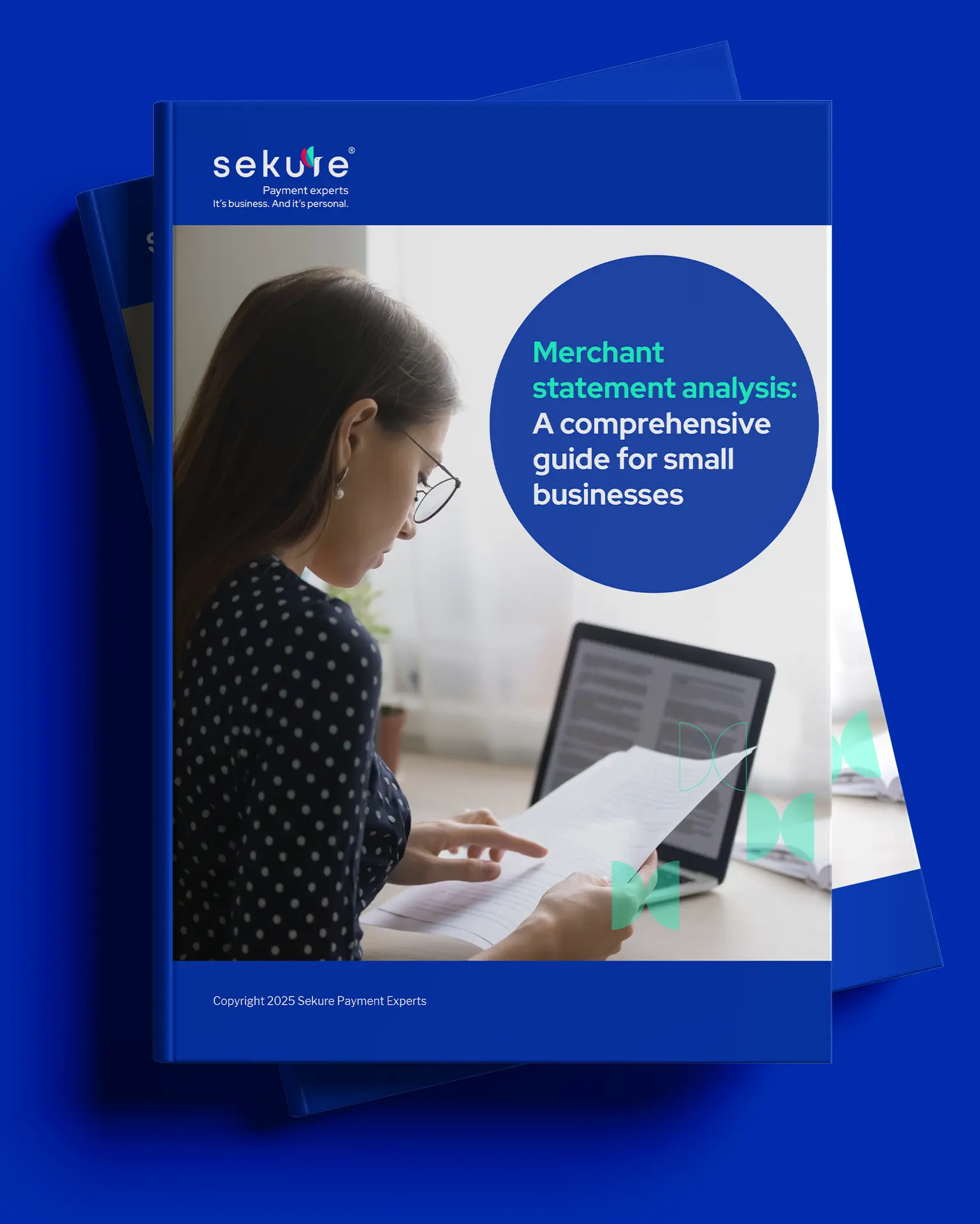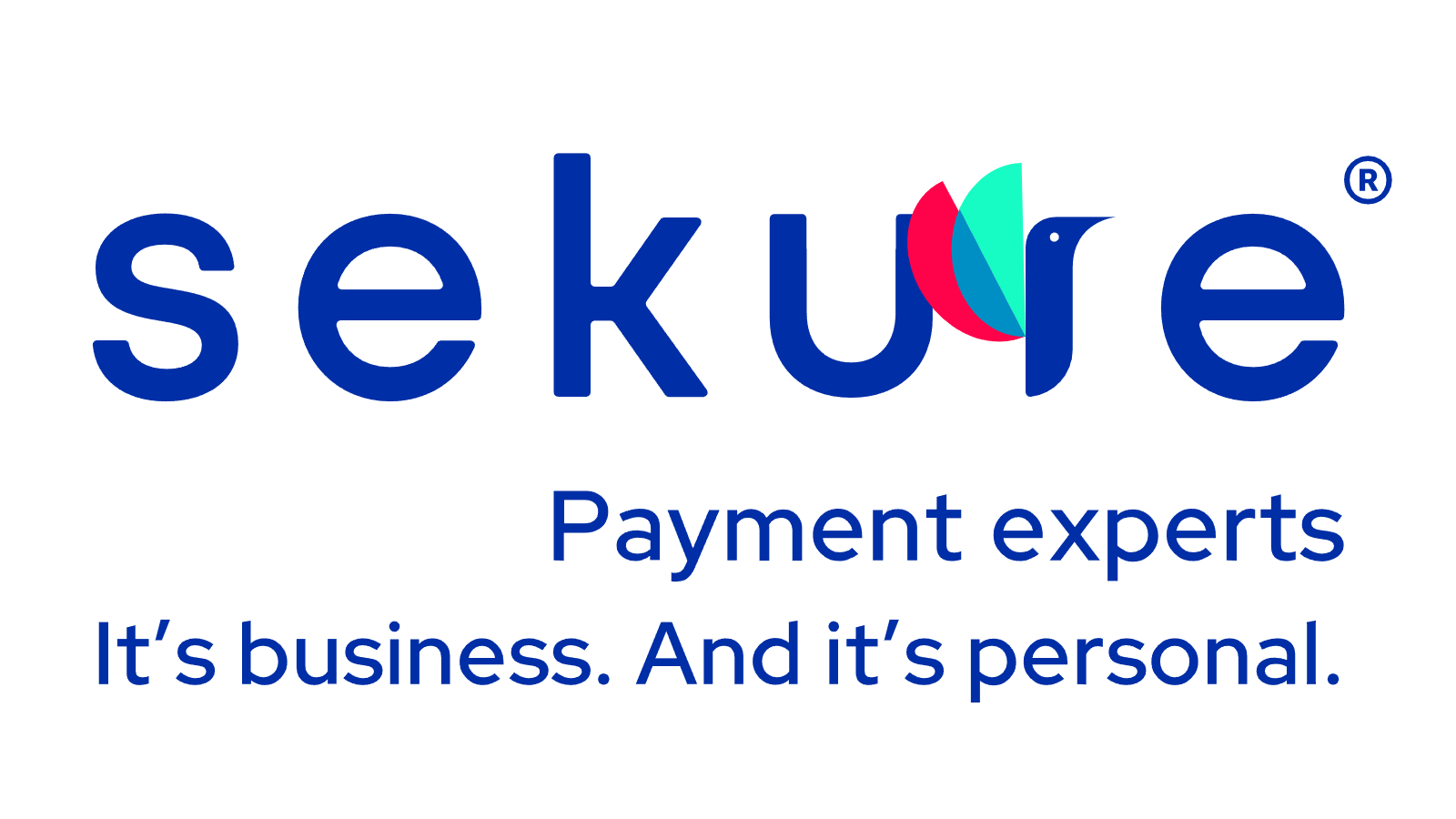Payment processing fees. You see them every month on your statement, but do you really know what they mean?
Payment processing fees can be a significant expense for businesses of all sizes. Whether you're a small eCommerce store or a large corporation, these fees can eat into your profits if left unchecked. Thankfully, payment processing doesn’t need to be a headache. We’ll walk you through some of the main components that go into your fees, the different types of pricing models, how to find the best payment processor and how to reduce your fees so that you can keep more of what you make.
What are payment processing fees?
Simply, payment processing fees are the costs associated with accepting and processing payments from customers. These costs are charged to the merchant using a processing service. These fees are typically charged by payment processors, banks, or credit card companies for their services in handling financial transactions. While they may seem like a necessary expense, understanding the various types of payment fees and how to manage them can lead to substantial savings for your business.
What’s the average credit card processing fee?
While there are many different types of processing fees, the average fee can be anything from 1.15% to 4.35%. This will depend on the type of card network.
Payment processing fee players
The processing industry has a few key players and these players essentially dictate the rules of the game. By understanding their role and who charges what, you’ll have a better understanding of your monthly statement.
Card brands
Ultimately, the power lies with the card brands. These industry giants are more than just credit cards, as they dictate and control the processing rules and regulations. It’s a card network’s world and we’re just living in it.
Payment processor
The payment processor acts as a middleman between the card networks, card issuing bank and the merchant. Essentially they facilitate and manage the credit card transaction process and can be your greatest ally or worst enemy if you don’t choose the right one.
Banks
Also known as the card issuer, banks also have a major stake in payment processing fees and collect a portion of the transaction fees.
Main types of payment processing fees
Before we explore ways to reduce payment processing fees, it's crucial to understand the different types of fees you may encounter.
Interchange fees
Interchange fees are charged by credit card companies (Visa, Mastercard, American Express, etc.) for processing credit and debit card transactions. These fees vary depending on the card network, type of card, and the specific transaction details. Fees will also vary depending on whether the transaction occurred online or offline, how the transaction took place (swipe, tap or typing into a terminal) or even the number of transactions. Online transaction fees, for example, tend to be higher since they are associated with a higher level of risk. Interchange fees change on an annual basis.
Assessment fees
These fees are also charged by the card networks and cover the operating costs of managing their respective card network.
Payment processing fees
Payment processors don’t receive any of the interchange or assessment fees as these go directly to the card networks and banks. Payment processing fees are therefore a payment processor's way of charging for the services they’ve rendered in facilitating the transaction. Some examples of payment processors include North, Square, Helcim, etc.
Payment processing pricing models
How do all of these fees show up in your statement? That’s up to you! In the world of payment processing, there are several pricing strategies available to businesses. When selecting a pricing strategy, consider your business type, transaction volume, and specific requirements. Each pricing model comes with its own advantages and considerations, and understanding them can help you choose the one that best suits your specific needs. Your payment processor will offer different options depending on how you’d like your statement to look like on a monthly basis.
Interchange Plus
Interchange Plus pricing is a transparent model that passes the actual interchange fees from card networks directly to the merchant. In addition to interchange fees, the processor adds a small markup.
- Advantages: This model offers transparency and allows businesses to see the exact costs associated with each transaction. It's often favored by larger businesses for its detail.
- Disadvantages: While transparent, interchange plus pricing can be more complex to understand and calculate, as it involves various interchange rates for different card types.
Tiered
Tiered pricing often categorizes transactions into three tiers known as qualified, mid-qualified and non-qualified, based on factors like the type of card (debit, credit, rewards), how the transaction was processed (card-present or card-not-present), and other criteria. Each tier has a set fee associated with it.
- Advantages: Tiered pricing is easy to understand and implement. It provides a level of predictability for processing costs.
- Disadvantages: It can be less transparent, as the specific criteria used to determine the tier of a transaction may not be readily disclosed and is up to the payment processor. This can lead to higher costs for certain transactions.
Flat rate
Flat rate pricing charges a consistent fee for all transactions, regardless of the type of card, transaction amount, or how it was processed. This simplicity makes it a popular choice for small businesses and startups.
- Advantages: Flat rate pricing is easy to understand and provides predictable processing costs. It's convenient for businesses with low transaction volumes that want to know exactly what their processing costs will be on a regular basis.
- Disadvantages: While simple and easy to understand, flat rate pricing may not be the most cost-effective option for businesses with high transaction volumes or large ticket sizes.
Working with a payment processing and merchant services expert, like Sekure Payment Experts, can help you navigate the complexities of these pricing strategies and choose the one that best suits your business.

Learn how to reduce credit card processing fees with our free statement analysis guide
As you read through this guide, you will learn to:
- Identify key components of merchant statements
- Understand different pricing models
- Analyze processing fees
8 ways to minimize payment processing fees
Onto the good stuff. Now that you have a better idea of how payment processing works, let's take a look at the options you have when it comes to reducing your credit card fees.
1. Review your statement regularly
Your statement shouldn’t have any surprises. While it might seem daunting at first, the more you understand your statements, the more you can find where your main credit card processing costs are coming from and how to tackle them.
2. Switch processors
At the end of the day, it’s all about who you choose to do business with. While opting out of accepting major credit card providers in the hopes of reducing costs might not be an option for most businesses, the payment processor you work with is something you can and should change if it’s not to your benefit. Your payment processor is your right hand in all transactions and who you work with will dictate the type of services you get and how high your fees are. Find a payment processor that has your best interests and mind, and more importantly keeps your fees low, but more on that later.
3. Try surcharging
While this method might not work for all locations given regulations and restrictions associated with surcharges will depend on the state you operate in, this method can be a way to reduce your credit card fees. Surcharging essentially means passing on the credit card fees to your customers by adding a small fee or percentage of the total transaction total when they pay by card. Surcharging can be an effective way to offset processing fees, but it’s important to be aware of the legal and ethical considerations associated with it. Laws and regulations regarding surcharging vary by location, and some card networks may have specific rules and restrictions. Before implementing surcharging, businesses should carefully research and comply with all relevant laws, and communicate the surcharge clearly to customers to maintain transparency and trust.
4. Set a credit card minimum
In order to offset the costs of processing fees, some businesses institute a minimum amount for credit card transactions. This approach involves setting a minimum transaction amount for credit card payments, encouraging customers to use alternative payment methods like cash or debit cards for transactions below the credit card minimum. While this can help businesses save on credit card processing fees, it's important to be transparent with customers and maintain legal compliance. Make sure to check local and federal laws and card network regulations regarding credit card minimums. Some jurisdictions and networks have restrictions on the minimum amount you can set.
If you choose to implement a credit card minimum, clearly communicate it to customers at the point of sale. Display signs or inform customers during the checkout process, so they are aware of the policy in advance. When it comes to credit card minimums, besides respecting local regulations, it’ll be key to set a reasonable minimum amount that doesn’t inconvenience your customers. It's important to strike a balance between cost savings and customer satisfaction. If customers can’t shop at your store because of your credit card minimums you might end up alienating customers and losing potential business.
5. Accept cards in person
CNP or card-not-present transitions have higher processing fees since the level or risk and fraud for this type of transaction is higher. Though this might not be the option for online businesses, accepting transactions in person and reducing CNP transactions like taking orders over the phone, by mail or online, will help lower your processing costs.
6. Chargeback policies and fraud prevention
A lower chargeback rate can help you avoid chargeback fees and protect your revenue. Implement strong customer service and clear return policies to reduce chargebacks. When customers understand the terms and are satisfied with their purchases, they are less likely to initiate a chargeback. Customer service is also key. Providing top-notch customer service can help address issues before they escalate to chargebacks. Respond to customer inquiries promptly and resolve disputes amicably. Finally, always keep an eye out for fraud. It’s important to implement robust fraud detection and prevention measures to reduce chargebacks.
7. Offer cash discounts
This approach encourages customers to pay with cash or alternative payment methods, which don't incur the same processing fees as credit card transactions. Before implementing, ensure that your cash discount program is compliant with local, state, and federal laws. Some jurisdictions have specific regulations regarding surcharging and cash discounts, so it's important to stay within legal boundaries. Also make sure customers are aware of your pricing strategy. Let them know that you offer a discount for cash payments, and ensure that your pricing is consistent and transparent.
8. Partner with Sekure
Don’t have the time to do all of these things? Or you’ve exhausted all of these methods and still find your fees to be too high? Sekure is a trusted payment processing consultancy that specializes in helping businesses of all sizes save on payment processing costs. By partnering with Sekure you’ll be able to meet with a Payment Expert who will analyze your statements and find the lowest processing rate for you and ultimately help you save on credit card processing fees. With Sekure you’ll have access to:
- Rate optimization: Sekure will analyze your current payment processing rates and work to secure lower rates on your behalf. Our industry expertise, negotiation skills and partnerships can result in substantial cost savings for your business.
- Transparent fee structure: Sekure ensures that you have a clear understanding of your payment processing fees, helping you avoid hidden costs and unexpected charges.
- Chargeback management: Sekure offers chargeback management services to help you reduce chargeback rates, protect your revenue, and avoid chargeback-related fees.
- Customized solutions: Every business is unique. While Sekure is not a payment processor, we can access our wide range of partnerships and tailor solutions to fit your specific needs, whether you're a small online retailer or a large enterprise.
What should I look for in a payment processor?
Finding the best business payment management system is a big undertaking and one that shouldn't be taken lightly. Your payment processor will be your partner in all things payments, making sure you’re getting money in the bank. Here are some key characteristics to look for in a payment processor and get the best value for money.
Competitive rates
Look for a payment processor that offers competitive rates and transparent fee structures. Avoid processors with hidden fees or long-term contracts that lock you into unfavorable terms.
Security and compliance
Ensure that the payment processor adheres to industry-standard security measures, such as PCI DSS compliance, to protect your customers' sensitive information.
Reliability
Whenever you're dealing with payments, you need someone reliable by your side. Your payment processor should have a track record of reliability and uptime to prevent disruptions in your business operations.
Support
Problems happen. Choose a processor that provides responsive and knowledgeable customer support. You want to be able to get assistance quickly if issues arise.
Ease of integration
If you use specific eCommerce platforms or POS systems, check if the payment processor integrates seamlessly with your existing technology stack.
Scalability
Select a processor that can grow with your business. You don't want to switch providers every time your transaction volume increases.
Save 100% of credit card fees with Sekure
The truth is, credit card fees add up. While alternative payment methods have come into play, credit cards are still the most favored payment method in the US. Projections indicate that credit card usage in the United States is set to surpass 65 percent by the year 2025.
As a business owner, how can you reduce credit card fees once and for all? Sekure’s Edge program allows businesses to save 100% of credit card fees. With the Edge program you can eliminate the never-ending cycle of rate negotiation and reduce the burden of processing costs without impacting your current sales volume. How does it work? If you pay with cash, you pay one price, and if you pay by credit card, you pay a different price. The credit card terminal handles all the calculations for you, and you end up with the same amount in your bank account on all sales. The Edge program is not a surcharge or a cash discount program; it’s a price increase at the item level.
It’s time to change how you handle processing fees. Talk to one of our Payment Experts today and start saving big.

Sekure your savings with our free statement analysis
Get a free statement analysis from our experts today and start saving on credit card processing fees. Send us your statements and get a custom analysis tailored to your unique needs and clear, transparent pricing structures with lower transaction fees.
Get the best rates possibleCategories

